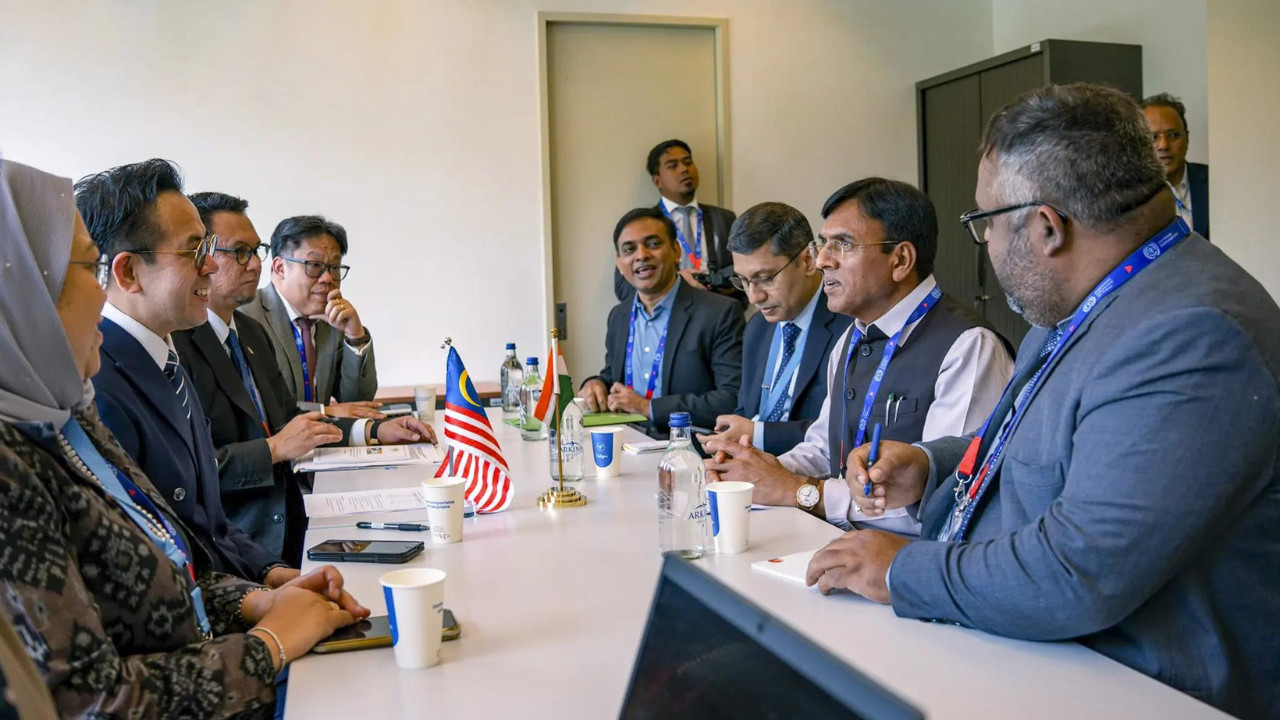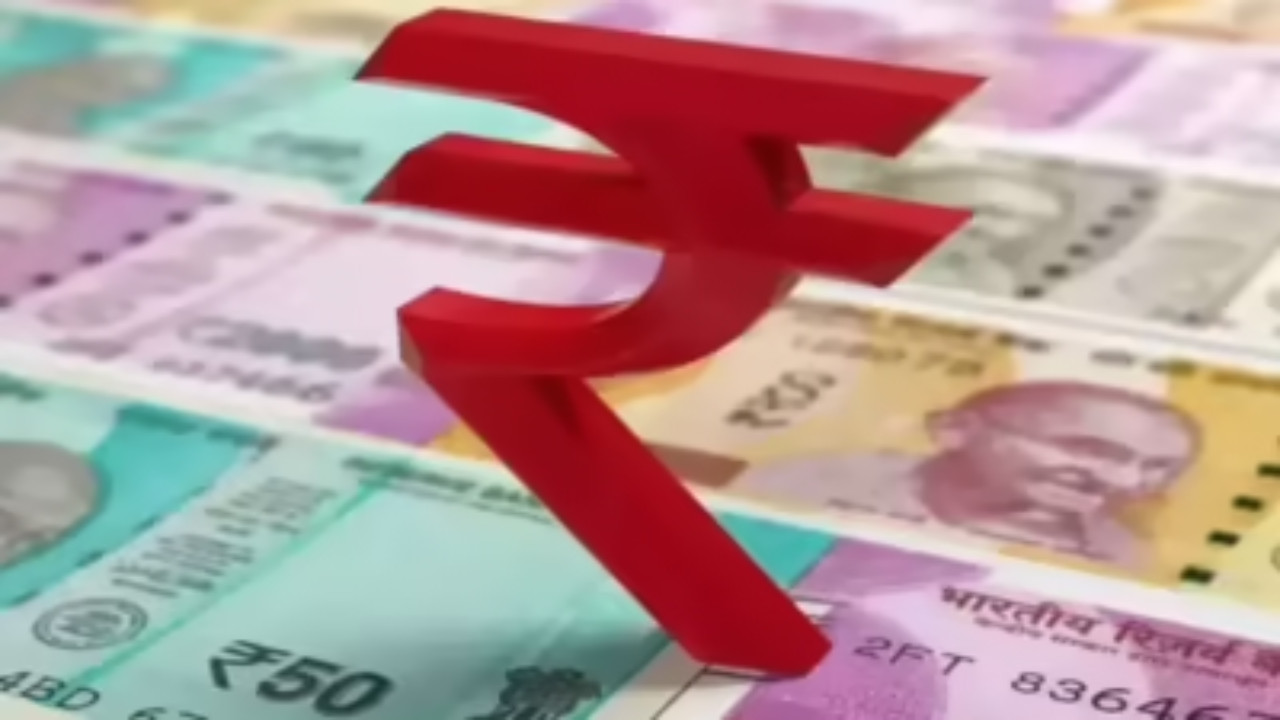India has demonstrated the world’s fastest growth in social protection coverage, soaring from 19% in 2015 to 64.3% in 2025, as per ILO data. This expansion, driven by the government’s “Antyodaya” commitment, positions India second globally with over 94 crore beneficiaries. The ILO recognizes India’s achievement, with coverage expected to surpass 100 crore soon.
India’s Social Safety Net: A Quiet Revolution Underway?
Okay, let’s talk about something pretty significant that might have flown under your radar: India’s social security system. Now, I know, “social security” isn’t exactly the stuff of viral trends, but trust me, the recent figures are worth a closer look. We’re not just talking policy tweaks here; we’re talking about a potential transformation in how a lot of people are being supported.
The International Labour Organization (ILO) recently dropped a report that painted a surprisingly optimistic picture. Apparently, India’s social security coverage has jumped from around 10% a decade ago to a whopping 64% today. That’s not just a percentage point increase; that’s a six-fold leap! And get this – we’re talking about a safety net that now catches around 94 crore (that’s 940 million!) beneficiaries. Suddenly, those dry policy papers start sounding a lot more…human, don’t they?
India now ranks second globally in terms of social security coverage, according to the ILO, trailing only behind… well, the report doesn’t mention that, I’m assuming it must be a country with a much smaller population and different socio-economic dynamics. This is a serious win for a nation grappling with immense challenges of poverty and inequality.
So, what’s behind this surge? Well, the article points to a few key factors. Firstly, government schemes like MGNREGA (Mahatma Gandhi National Rural Employment Guarantee Act) – guaranteeing 100 days of wage employment to rural households – have played a pivotal role. Think about the impact of that for families struggling to make ends meet, providing them with a steady (if modest) income and a sense of economic stability.
Then there’s the expansion of healthcare initiatives, like Ayushman Bharat (Pradhan Mantri Jan Arogya Yojana), which provides health insurance coverage to a large segment of the population. Healthcare costs can cripple families, especially those already vulnerable. Having some sort of safety net in place can be the difference between getting treatment and falling into deep debt.
And let’s not forget the various pension schemes and support programs for vulnerable populations like the elderly, widows, and people with disabilities. These initiatives, often delivered through a complex web of central and state government programs, are finally starting to show some real impact.
But, before we start popping the champagne, let’s keep a few things in perspective. 64% coverage is fantastic progress, no doubt. However, it also means that a significant portion of the population still remains outside the social security net. We’re talking about potentially hundreds of millions of people.
Furthermore, while coverage is important, the quality of that coverage is just as crucial. Are these programs truly reaching those who need them most? Are the benefits adequate to provide a meaningful safety net? Is there enough awareness about these schemes, particularly in rural and marginalized communities? These are questions that need continued scrutiny and honest evaluation.
Also, let’s be real, the implementation of these large-scale programs can be incredibly challenging. Bureaucracy, corruption, and logistical hurdles can all hinder effective delivery. There are likely plenty of stories of people falling through the cracks, despite the best intentions.
And let’s not even get started on the funding. Sustaining this level of social security coverage will require significant and consistent investment. As India continues to grow and evolve, it’s crucial that social security remains a priority, not an afterthought.
So, where does all this leave us? Well, I think it’s fair to say that India is making some real strides in building a more inclusive and equitable society. The increase in social security coverage is a tangible sign of progress. But the journey is far from over.
The challenge now is to consolidate these gains, address the gaps, improve the quality of services, and ensure that the benefits reach those who need them most. It’s about creating a truly comprehensive social safety net that empowers individuals, strengthens communities, and fosters sustainable development. This isn’t just about numbers; it’s about the lives and livelihoods of millions of people. Let’s hope this upward trajectory continues.
📬 Stay informed — follow us for more insightful updates!







